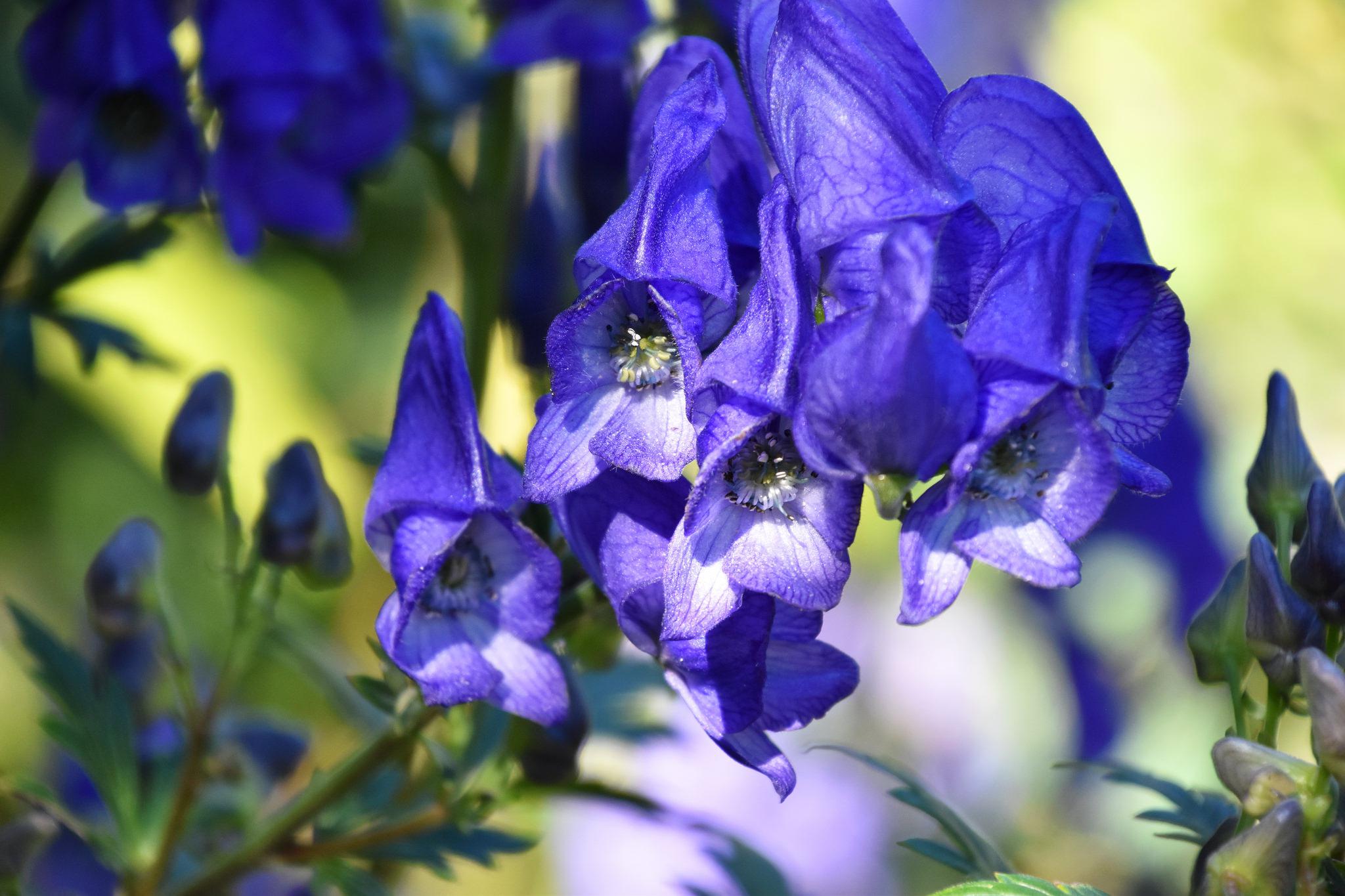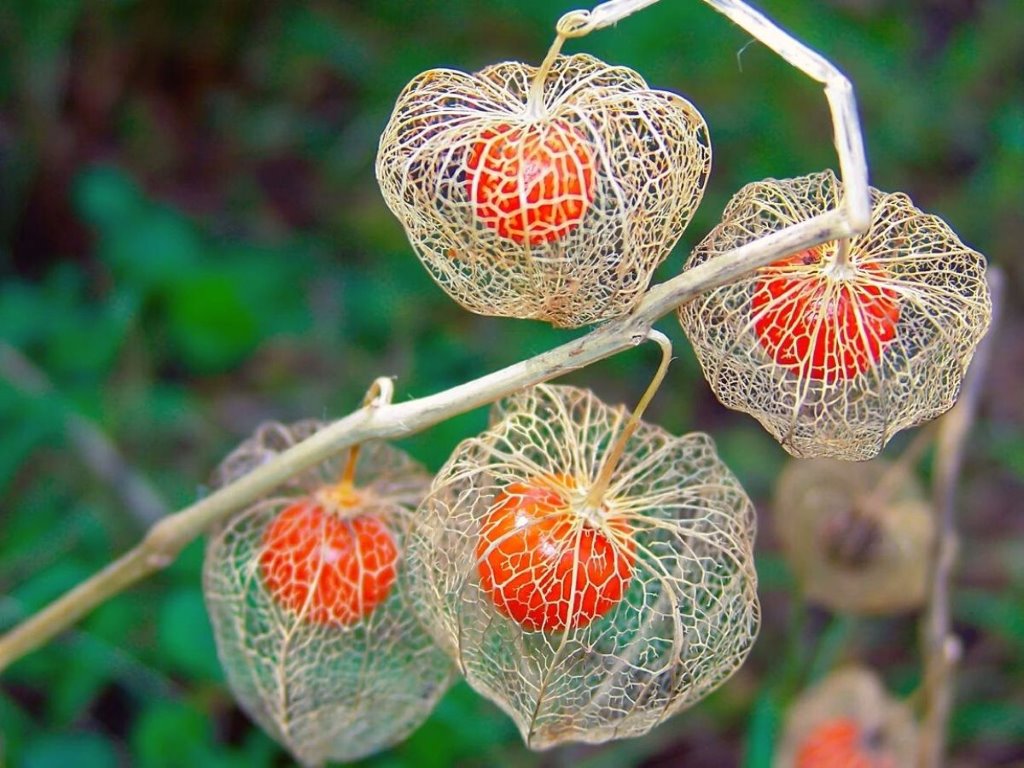Plants have a way of making any space feel more alive. A single pot on a windowsill can soften a room, and a garden in bloom often feels like the safest, calmest place imaginable. Because of that familiarity, it’s easy to assume that plants are harmless by default. We learn early on to avoid obvious dangers like poison oak or to keep certain holiday plants away from pets, but beyond those well-known examples, awareness tends to fade. What many people don’t realize is that a surprising number of everyday plants—some grown specifically for their beauty—contain chemical defenses that can cause serious harm under the right circumstances.
These risks aren’t limited to rare or exotic species found deep in remote forests. Many toxic plants are sold openly as houseplants, used in landscaping, or grow naturally in yards, parks, and along walking paths. Some are common flowering plants that people handle regularly without a second thought. Others look so familiar that they barely register as something worth questioning. The danger comes not from malice, but from chemistry: compounds developed by plants to deter insects and animals can interact unpredictably with the human body, especially when touched, chewed, or swallowed.
Approaching plants with a bit of informed caution doesn’t mean giving up on greenery or living in fear of every leaf and petal. It simply means understanding that toxicity works on a spectrum. Some plants cause nothing more than mild skin irritation, while others can trigger severe illness after very small exposures. Children and pets are especially vulnerable because they explore the world with their hands and mouths, often without any sense of what might be dangerous.
As awareness around plant safety has grown, many retailers and growers now try to provide clearer information. Labels, packaging notes, and care guides often include warnings when a plant poses a risk if ingested or mishandled. This shift toward transparency helps people make better choices without sacrificing the joy of decorating with plants or giving them as gifts.
The purpose of this guide is not to alarm, but to inform. By knowing which plants have toxic properties and how those risks typically arise, you can enjoy flowers, foliage, and gardens with confidence. A little knowledge goes a long way toward preventing accidents, protecting curious children and pets, and ensuring that the beauty plants bring into your life doesn’t come with unintended consequences.

Monkshood, also known as aconite, a striking ornamental plant whose flowers and roots contain powerful toxins. Despite its beauty, it is considered one of the most dangerous garden plants if handled or ingested.
To make plant safety easier to understand, this guide brings together a comprehensive list of nearly 200 commonly known poisonous plants. The intention is not to suggest that these plants should never be grown or displayed, but to help you make informed decisions. Many of these species are perfectly safe when handled responsibly, yet they may pose a risk if a curious child or pet decides to taste, chew, or play with them.
By browsing through the plant names and understanding their risks, you can quickly identify whether any plant in your home or garden deserves extra attention. Awareness alone significantly reduces the chance of accidental exposure.

A visual chart outlining common poisonous plants and their relative toxicity levels, designed to help homeowners quickly identify potential risks.
Explanation of toxicity levels
It’s important to remember that toxicity is not a single, fixed measure. The effects of a poisonous plant depend heavily on how much contact occurs and which part of the plant is involved. Some species can be fatal in very small doses, while others only cause mild symptoms unless large quantities are consumed.
Below is a clear breakdown of the four commonly used toxicity levels:
-
Major toxicity
Plants in this category can cause severe illness or death. Even small amounts may lead to life-threatening symptoms, especially in children or pets. -
Minor toxicity
These plants typically cause mild to moderate symptoms such as nausea, vomiting, or diarrhea. While uncomfortable, these reactions are usually not life-threatening when treated promptly. -
Oxalates
Plants in this group contain sap or juice with oxalate crystals. Contact may cause skin irritation, while ingestion can result in throat swelling, breathing difficulty, or intense stomach pain. -
Dermatitis
These plants primarily affect the skin, causing rashes, redness, or irritation after contact. While rarely dangerous, reactions can be severe for people with sensitive skin.
For any exposure across all toxicity levels, it is strongly recommended to contact the Poison Control Center at 800-222-1222 or consult a medical professional. Early advice can prevent minor reactions from becoming serious situations.
If you notice that familiar fruits appear on toxicity lists, there is usually no need for alarm. In many cases, the toxic components are not the edible fruit itself, but other parts of the plant such as seeds, stems, or leaves. These are parts people rarely consume, which is why problems are uncommon in everyday life.
Extra precautions for children and pets
Most adults instinctively avoid tasting or touching unfamiliar plants, but children and animals do not have the same awareness. For households with young children or pets, extra care is strongly advised. Plants should be placed out of reach whenever possible, especially those known to cause irritation or poisoning.
A common example is the peace lily, a popular indoor plant admired for its air-purifying qualities. While attractive and easy to care for, it is highly toxic to cats and dogs. Placing it on a high shelf or choosing a pet-safe alternative can eliminate unnecessary risk without sacrificing style.
Taking time to learn which plants are potentially harmful allows you to decorate with confidence rather than concern. Understanding plant safety helps prevent accidents before they happen, ensuring that your home remains both beautiful and safe for everyone who lives there.



